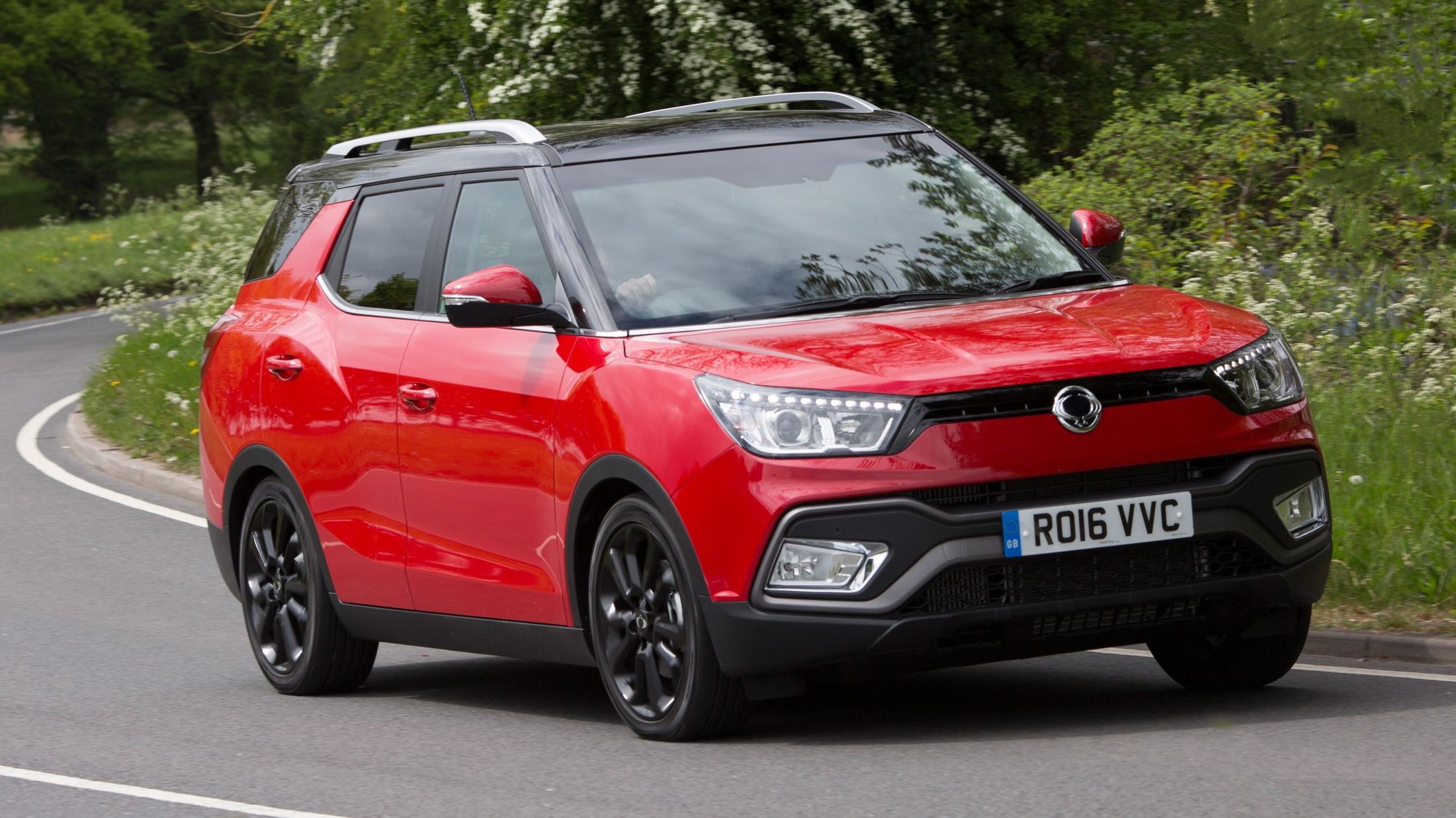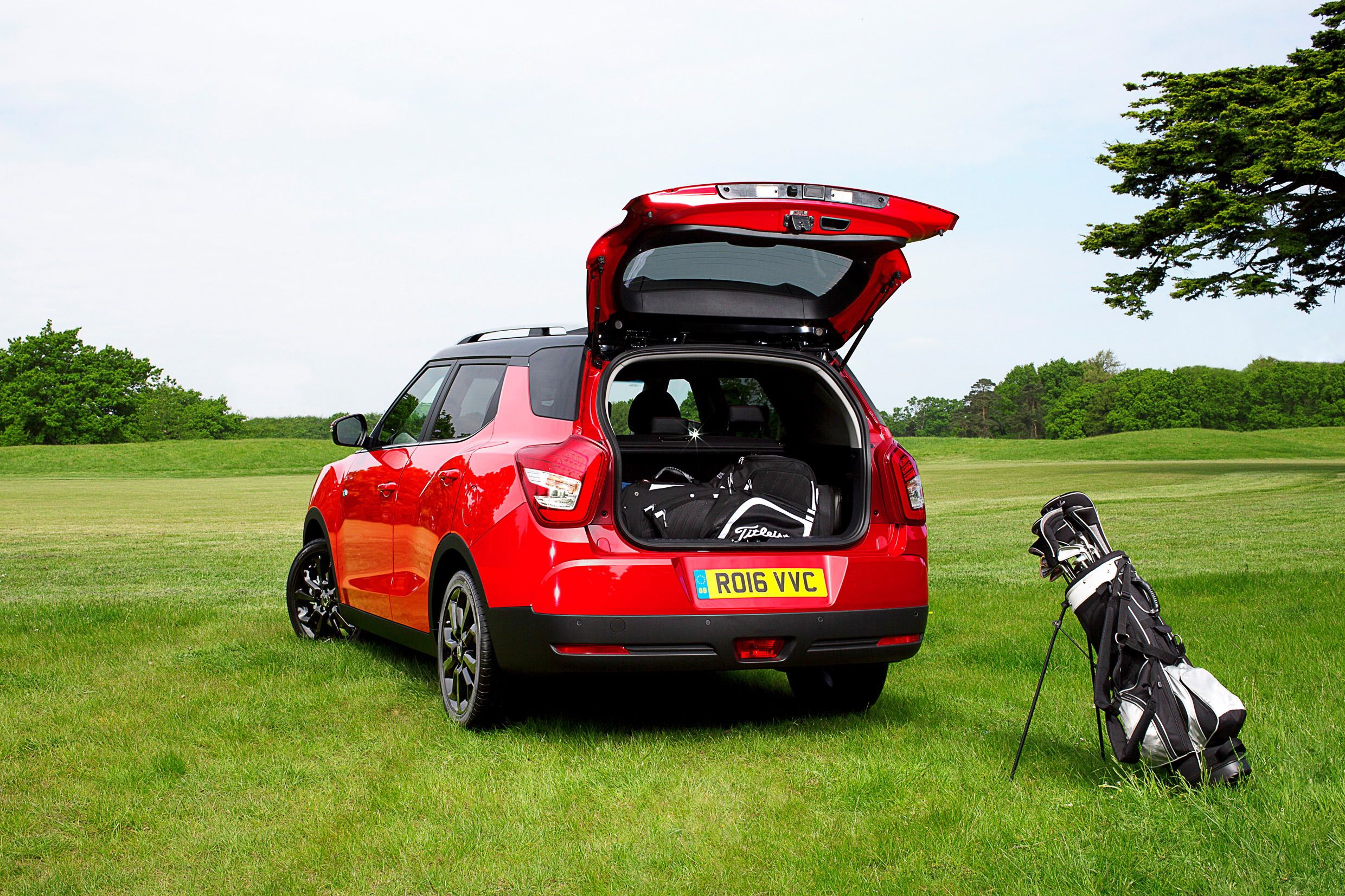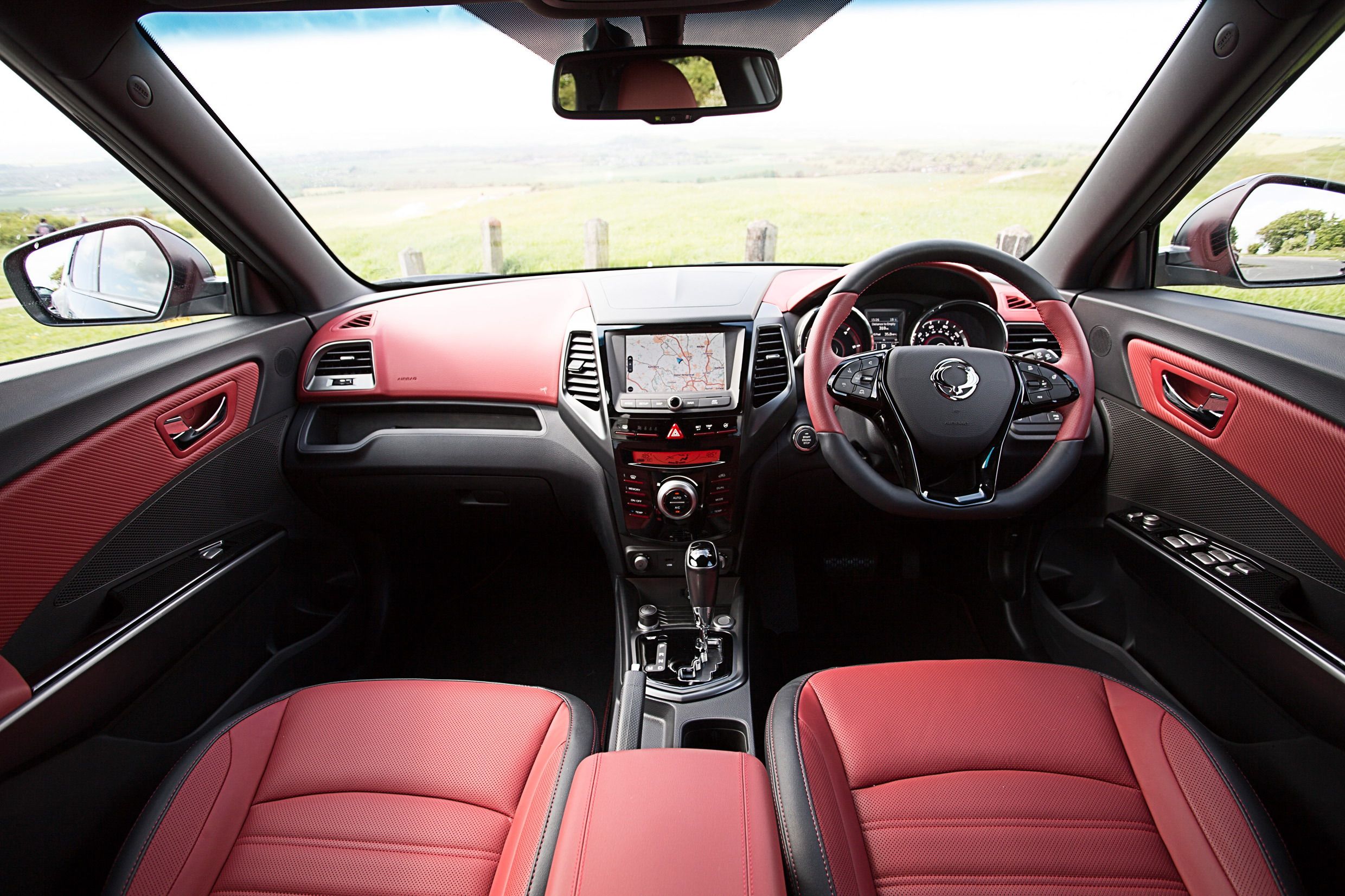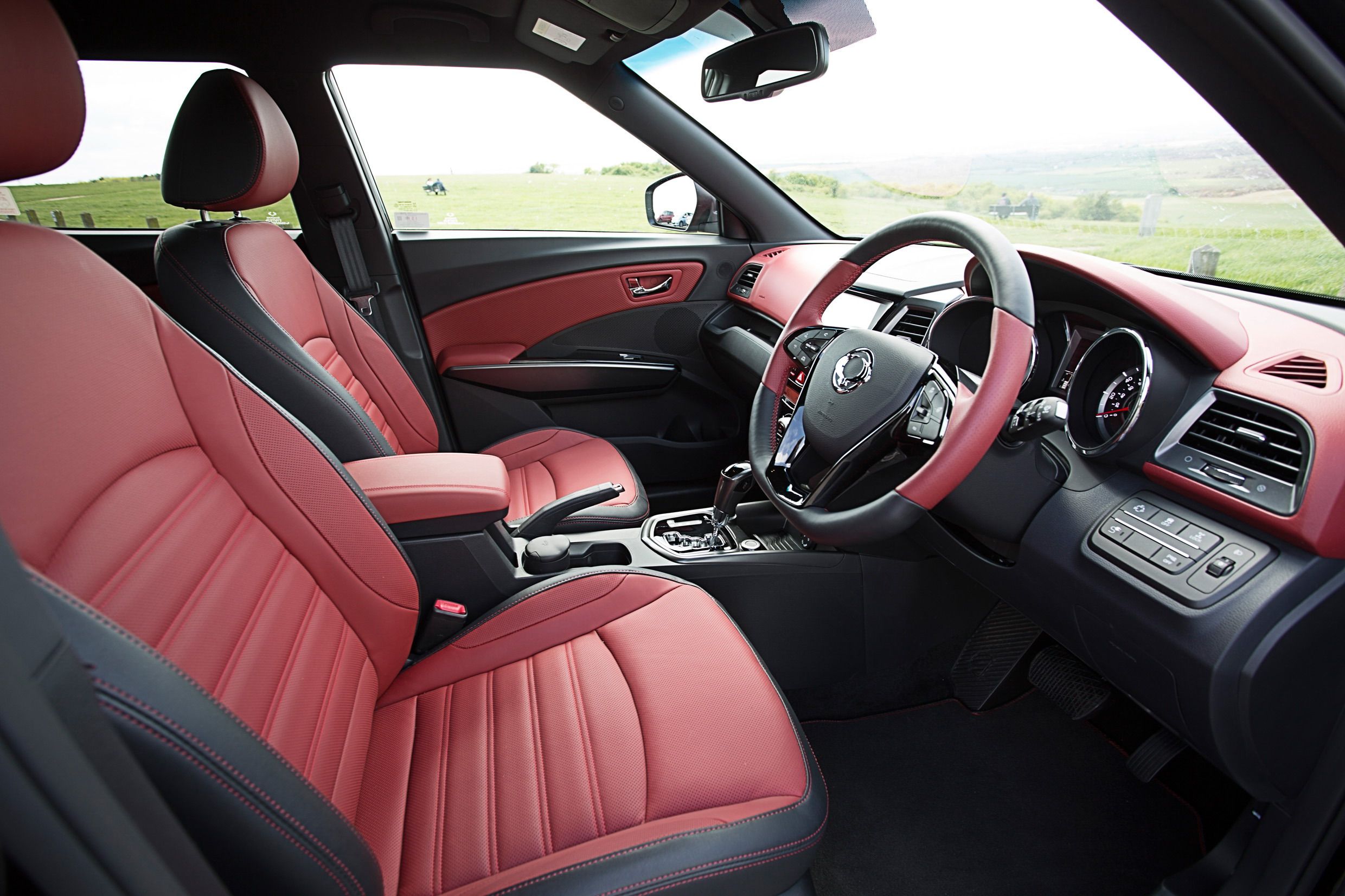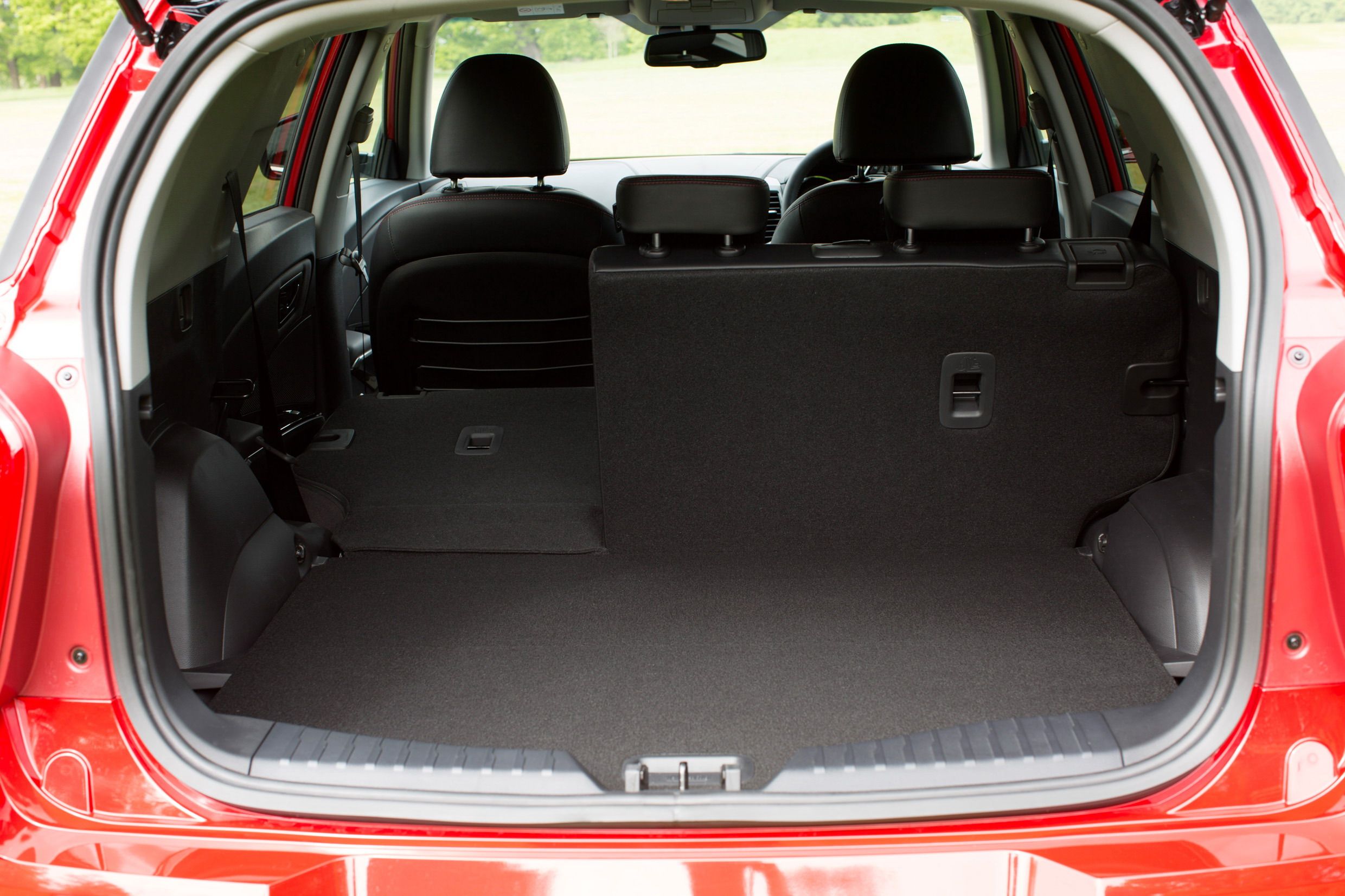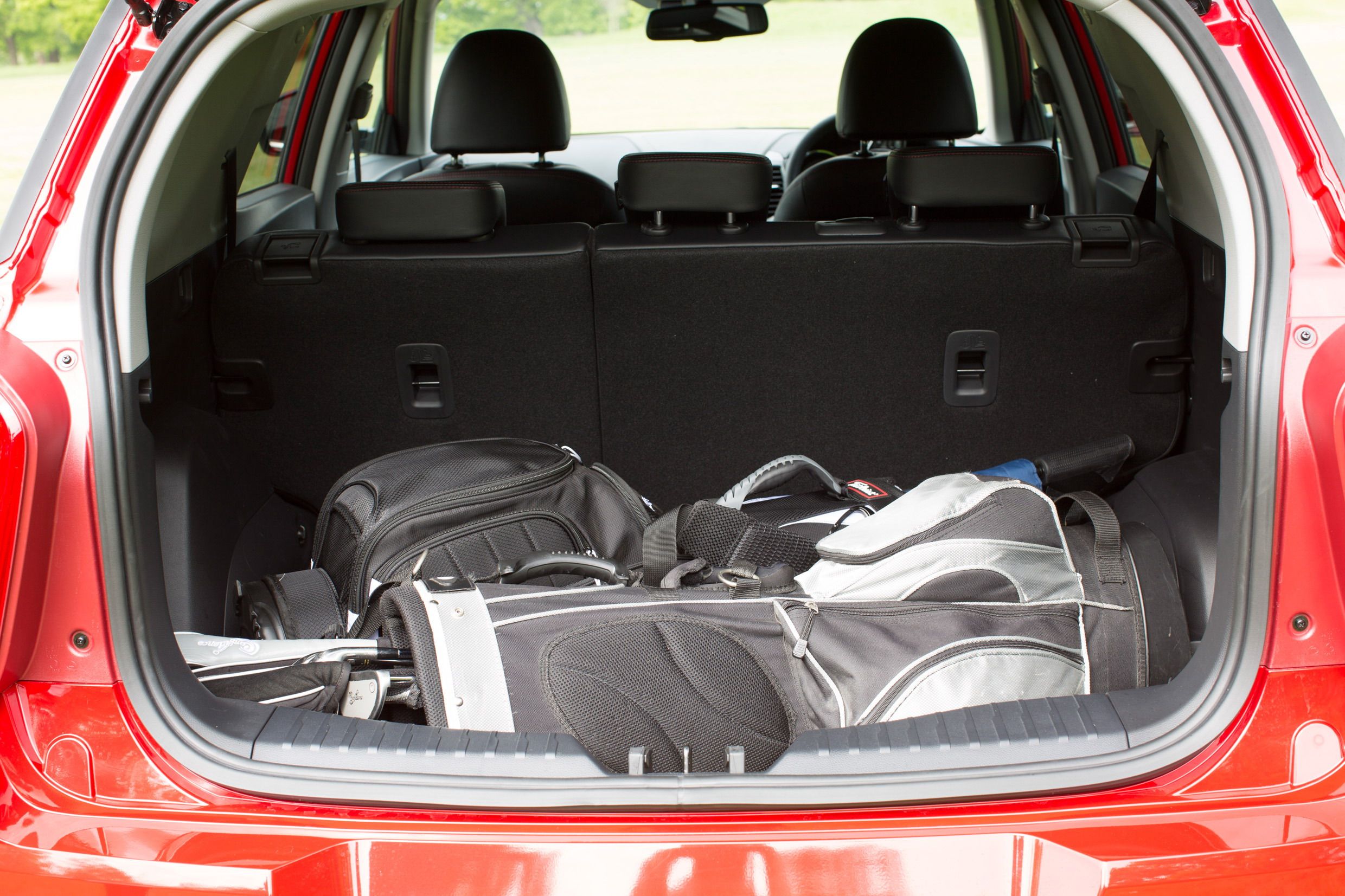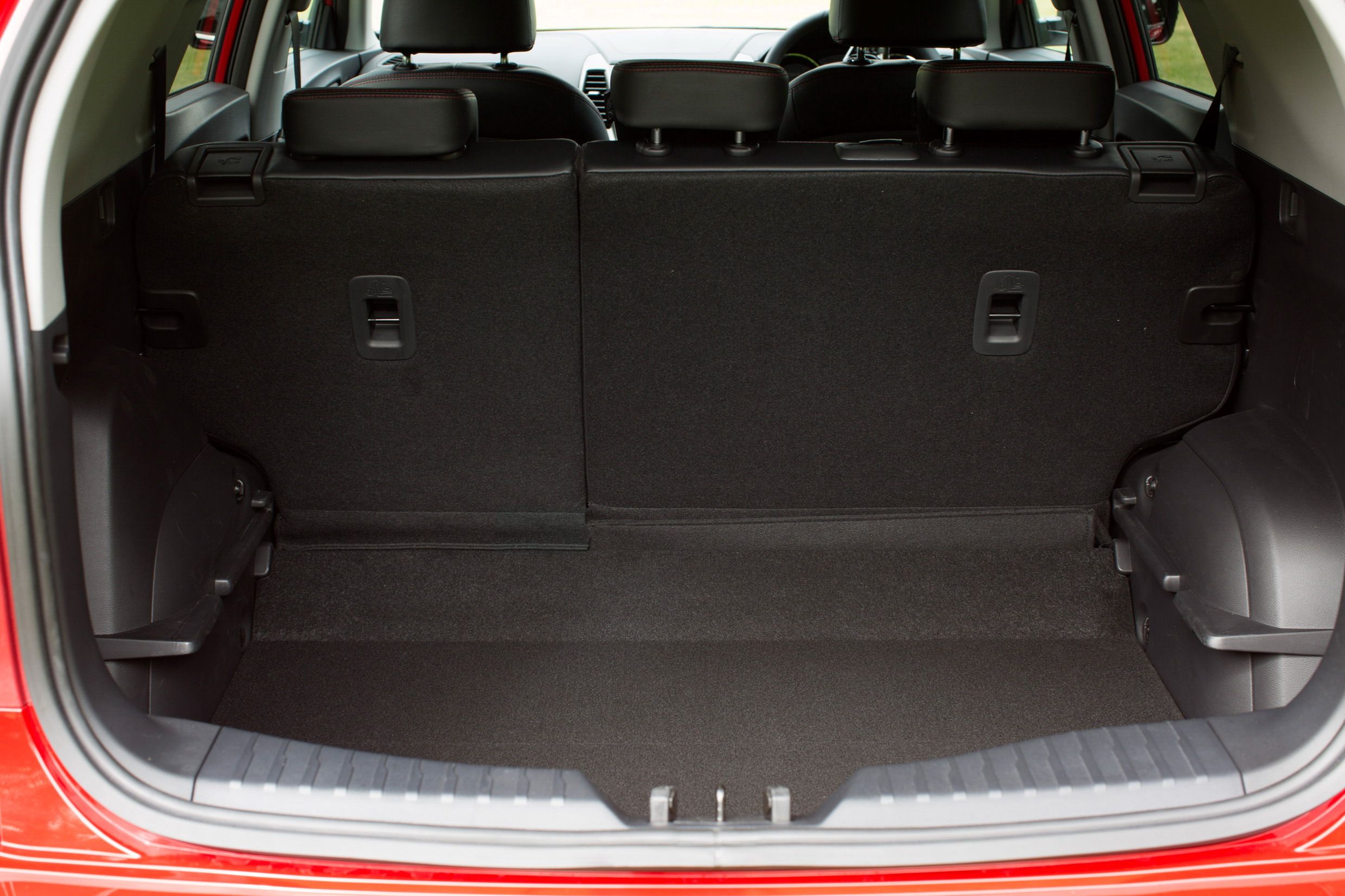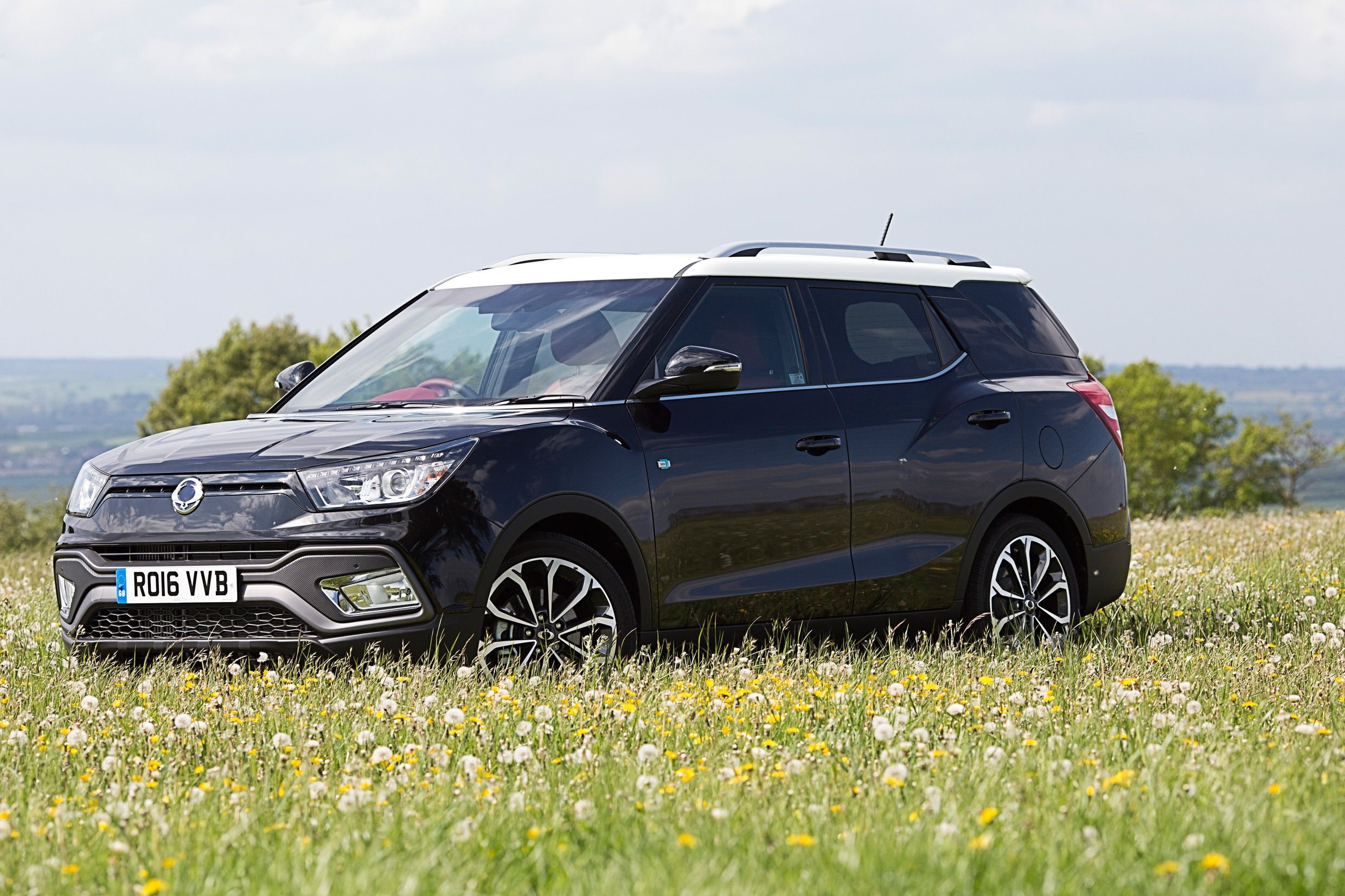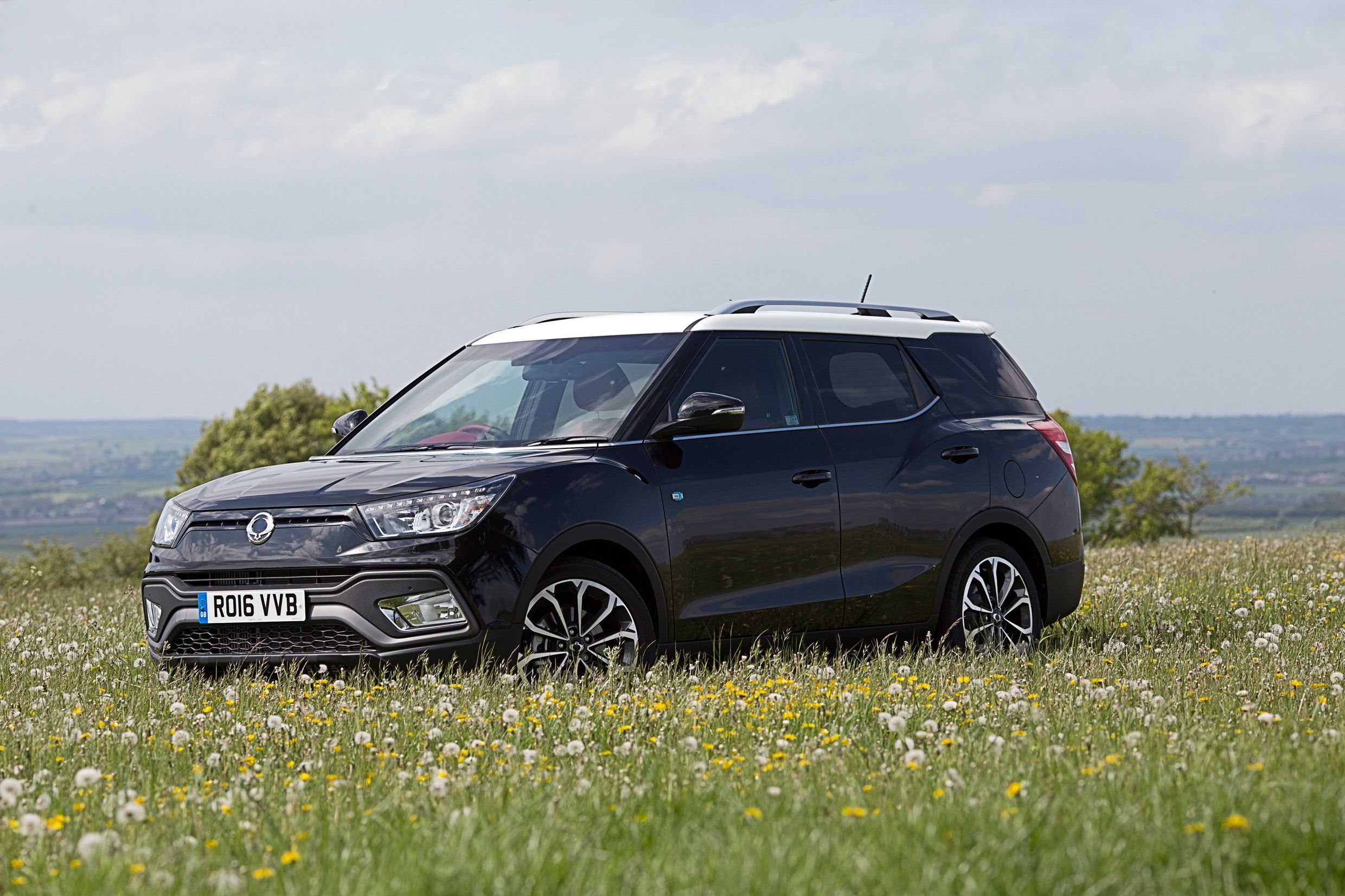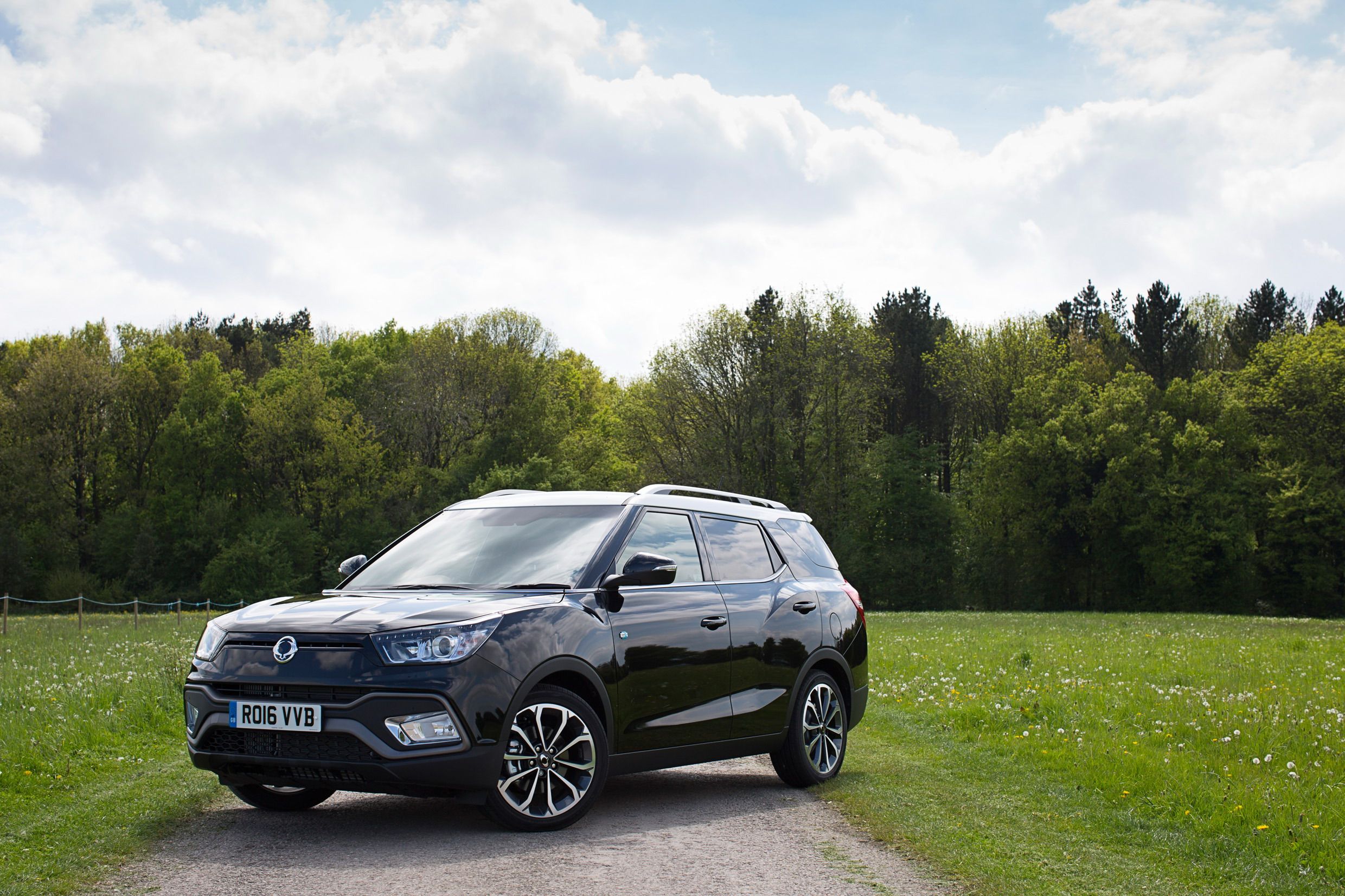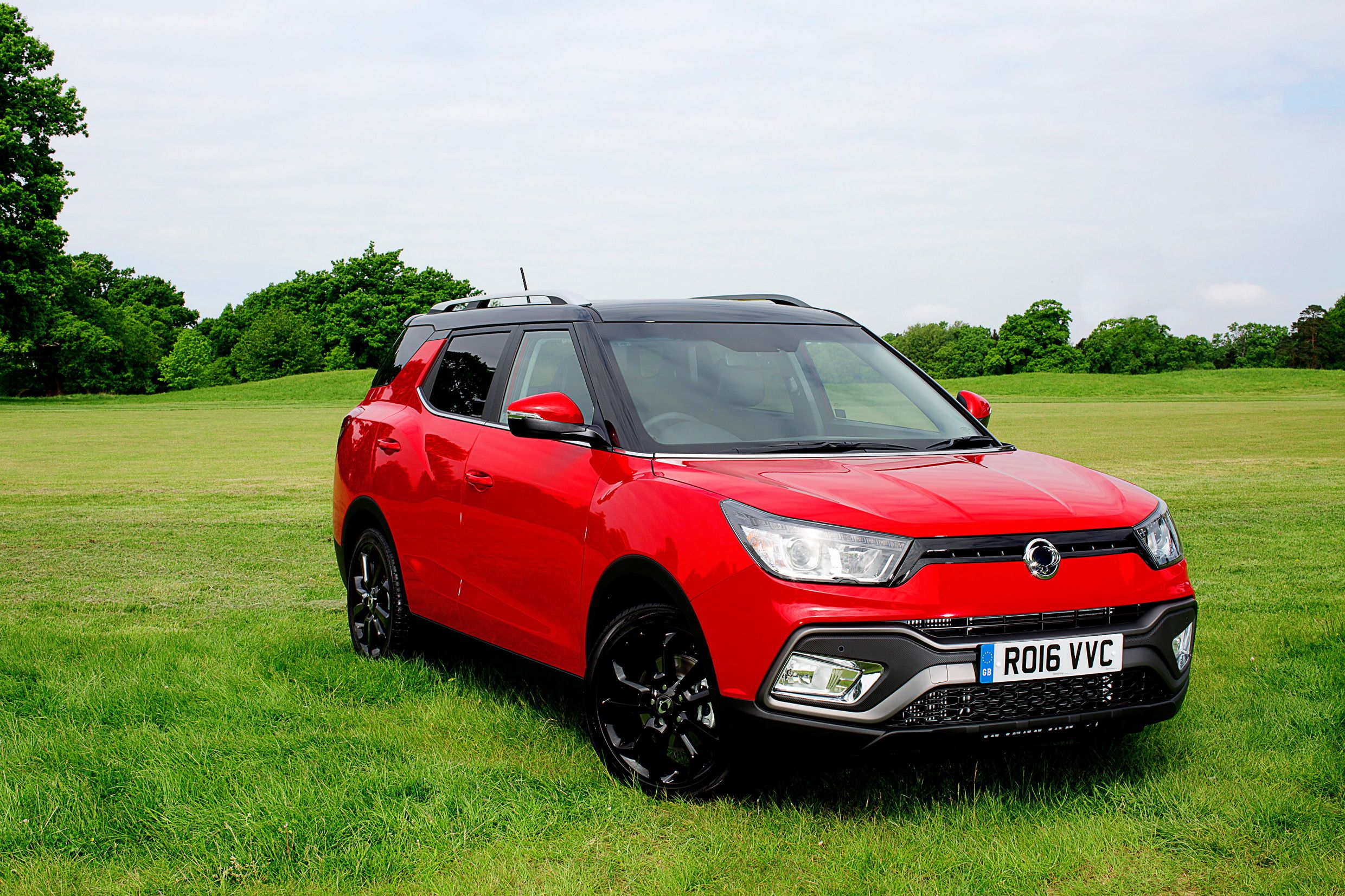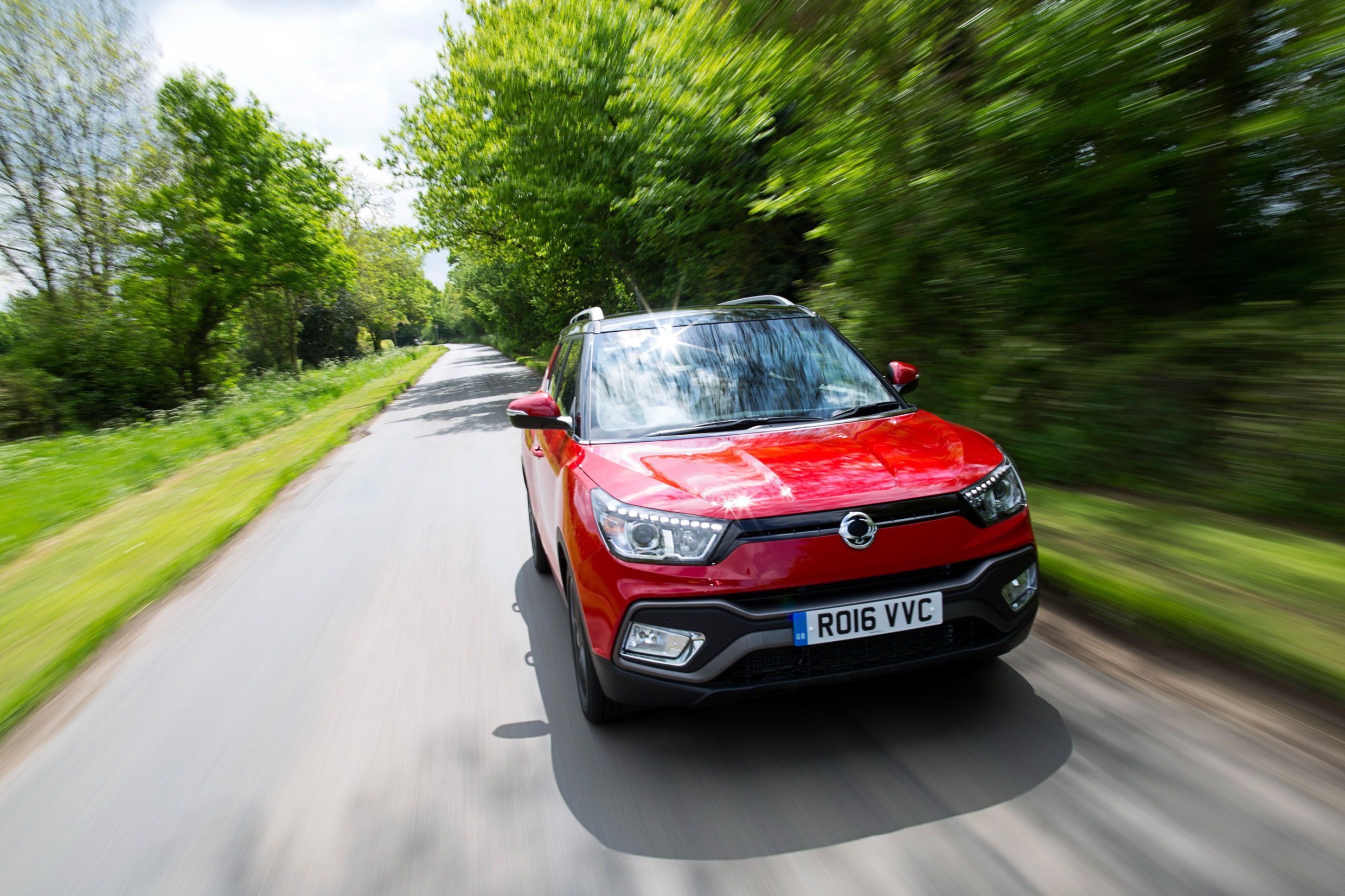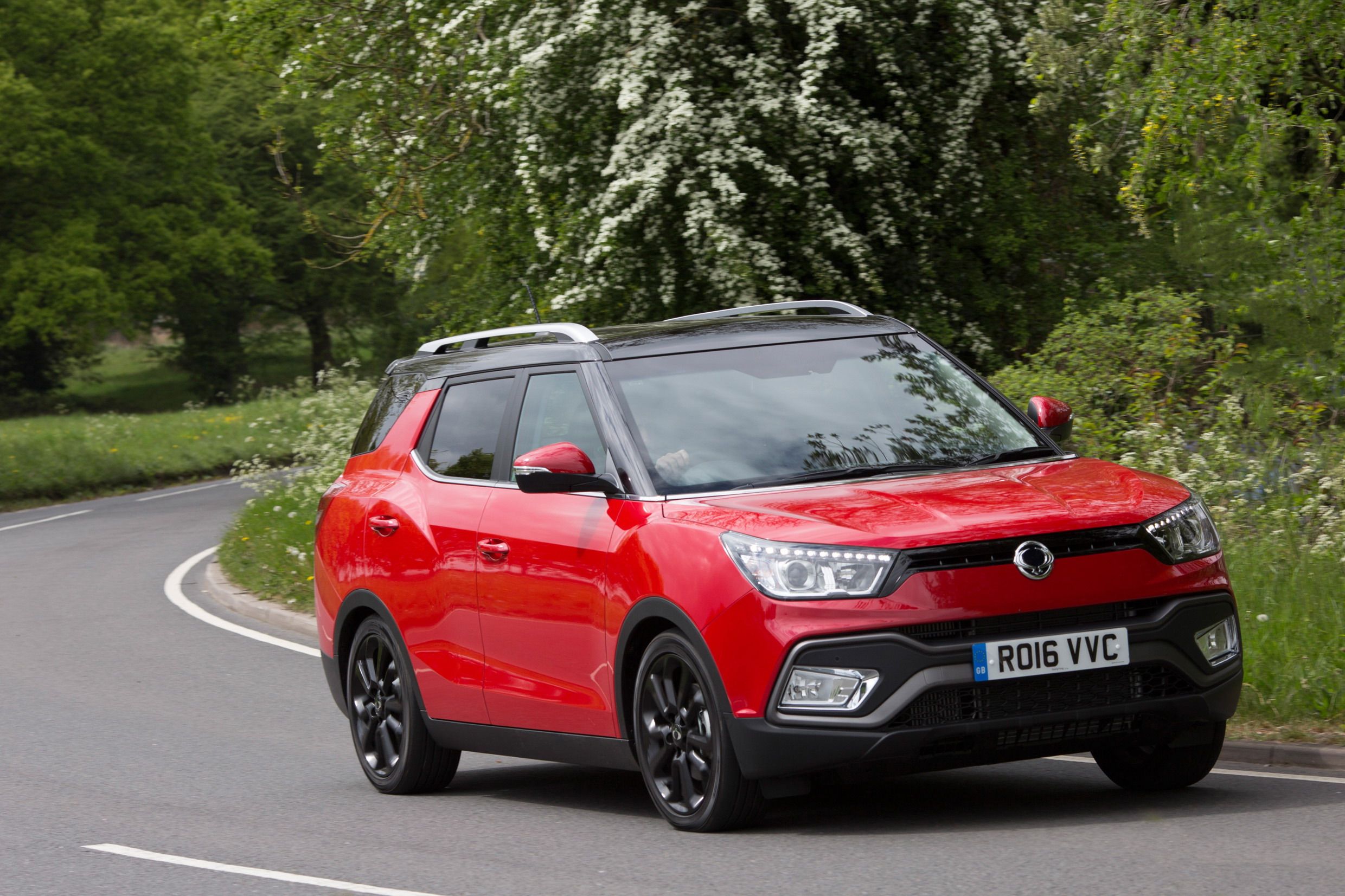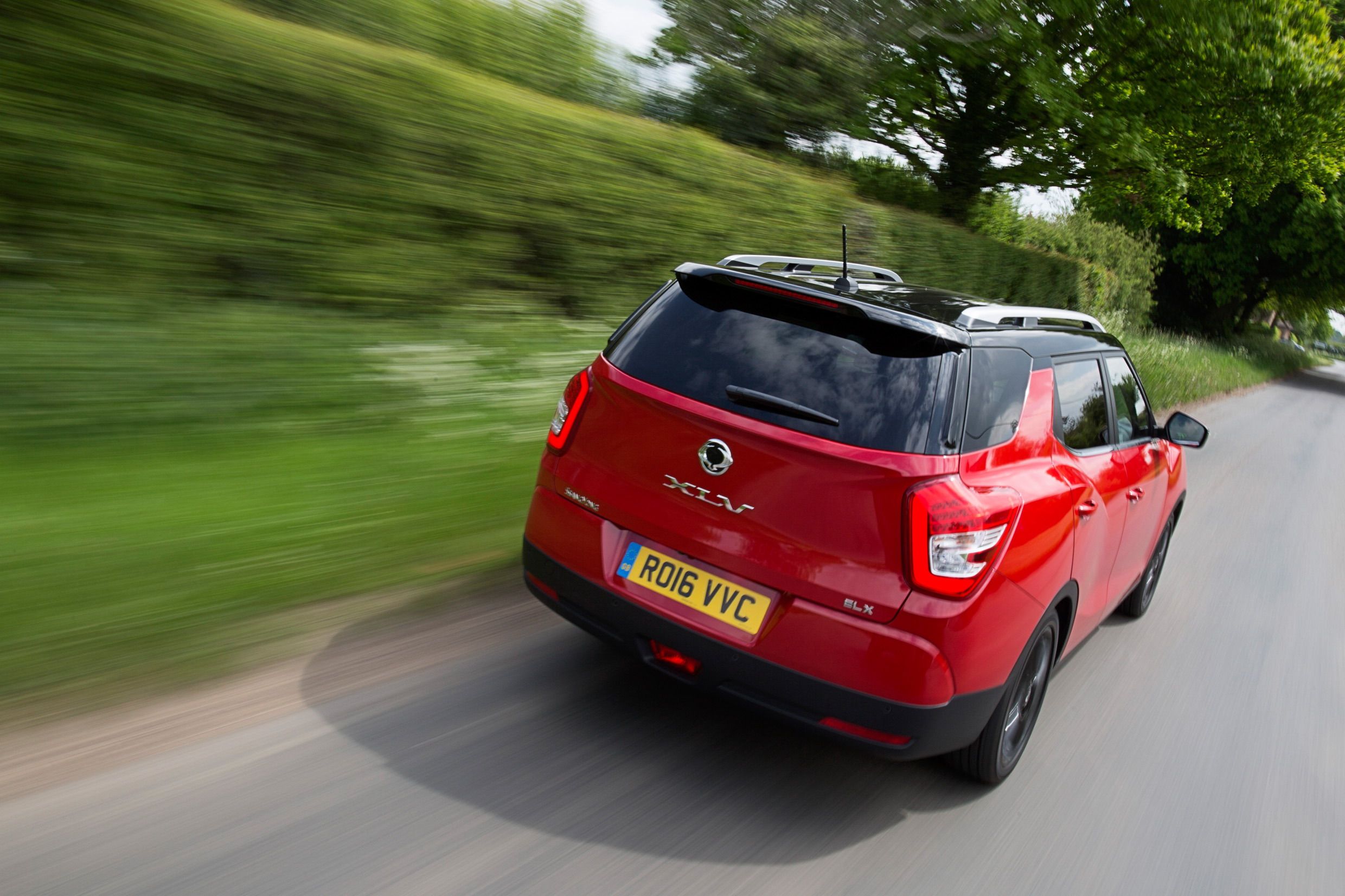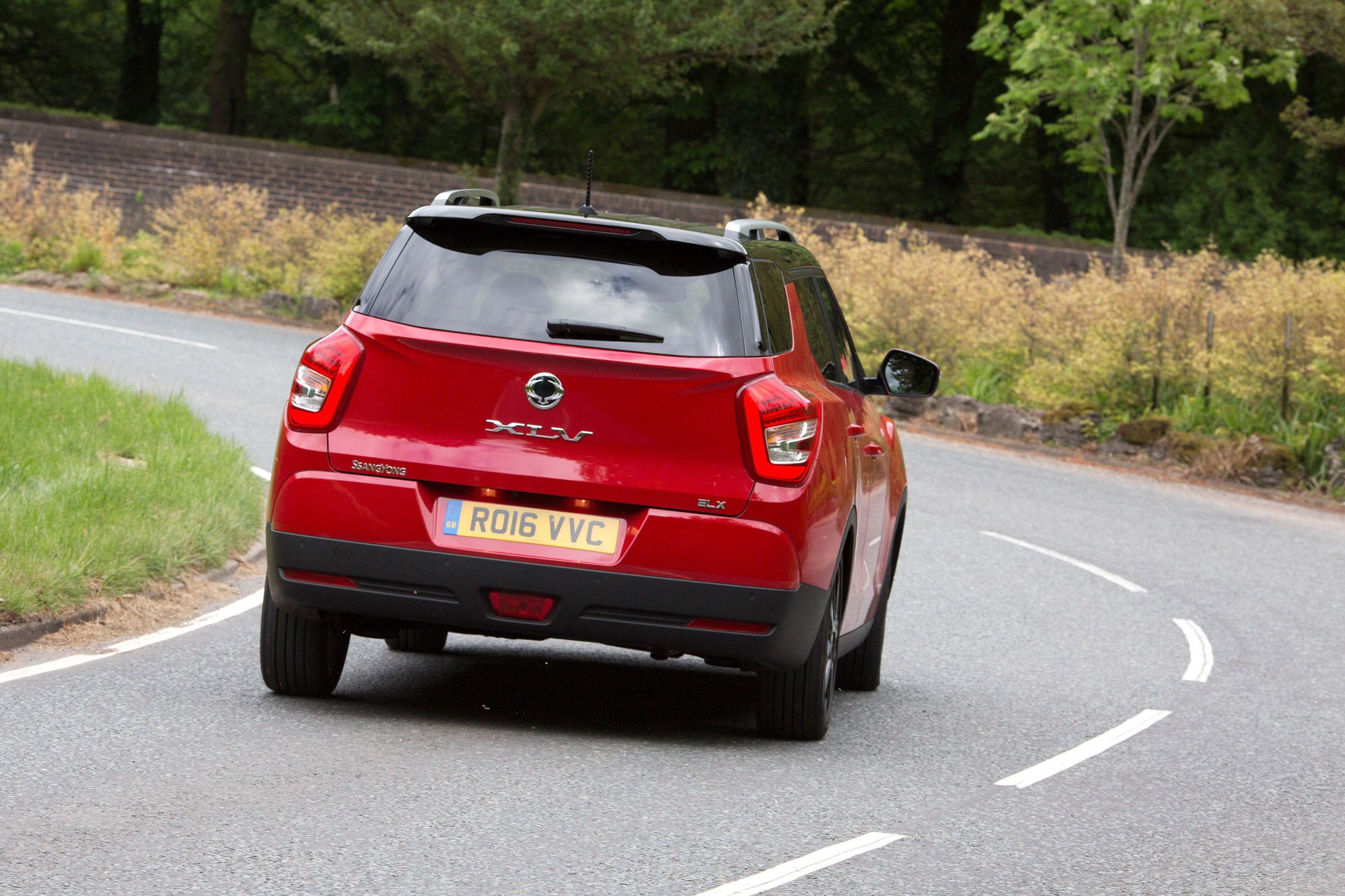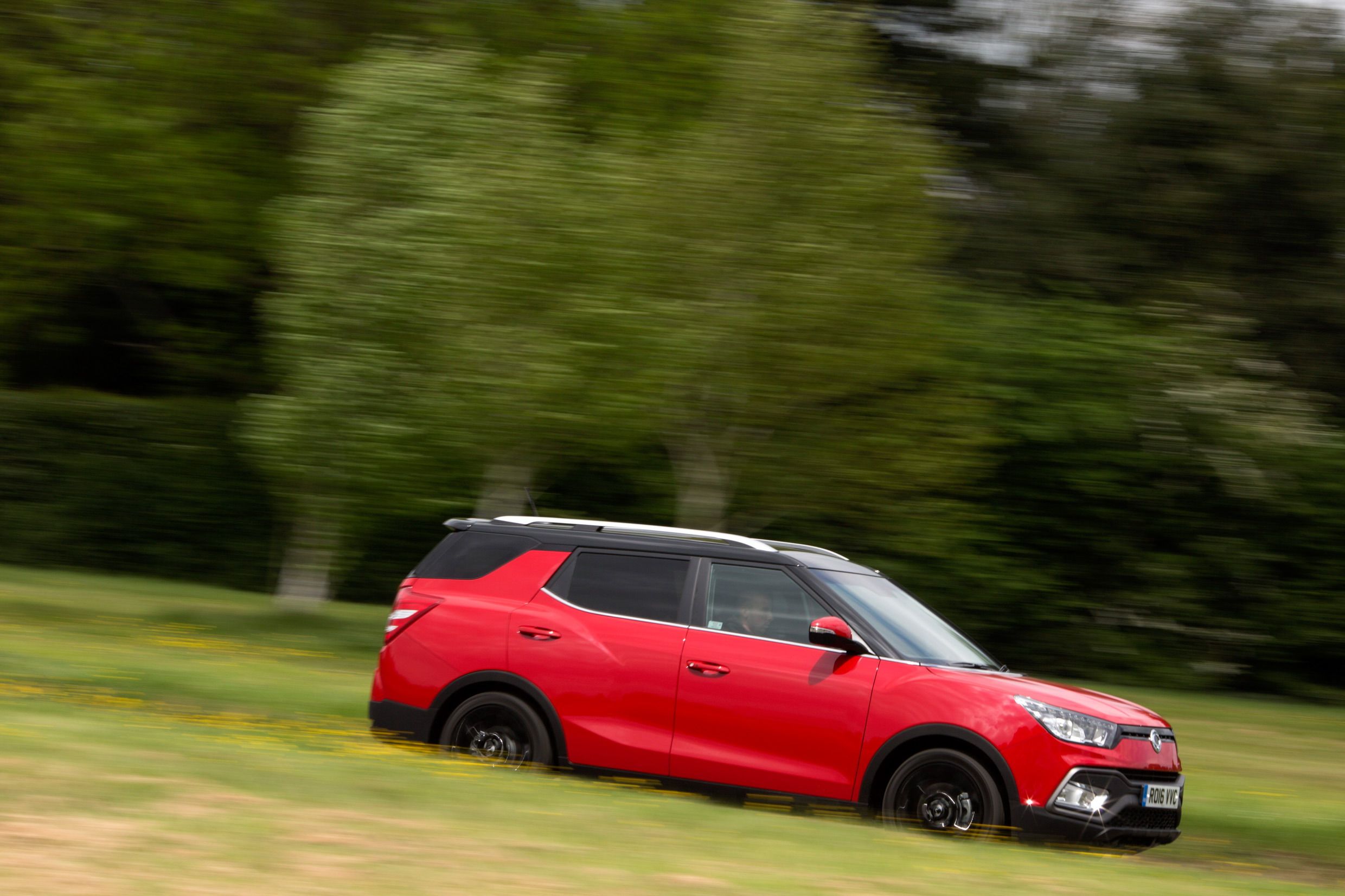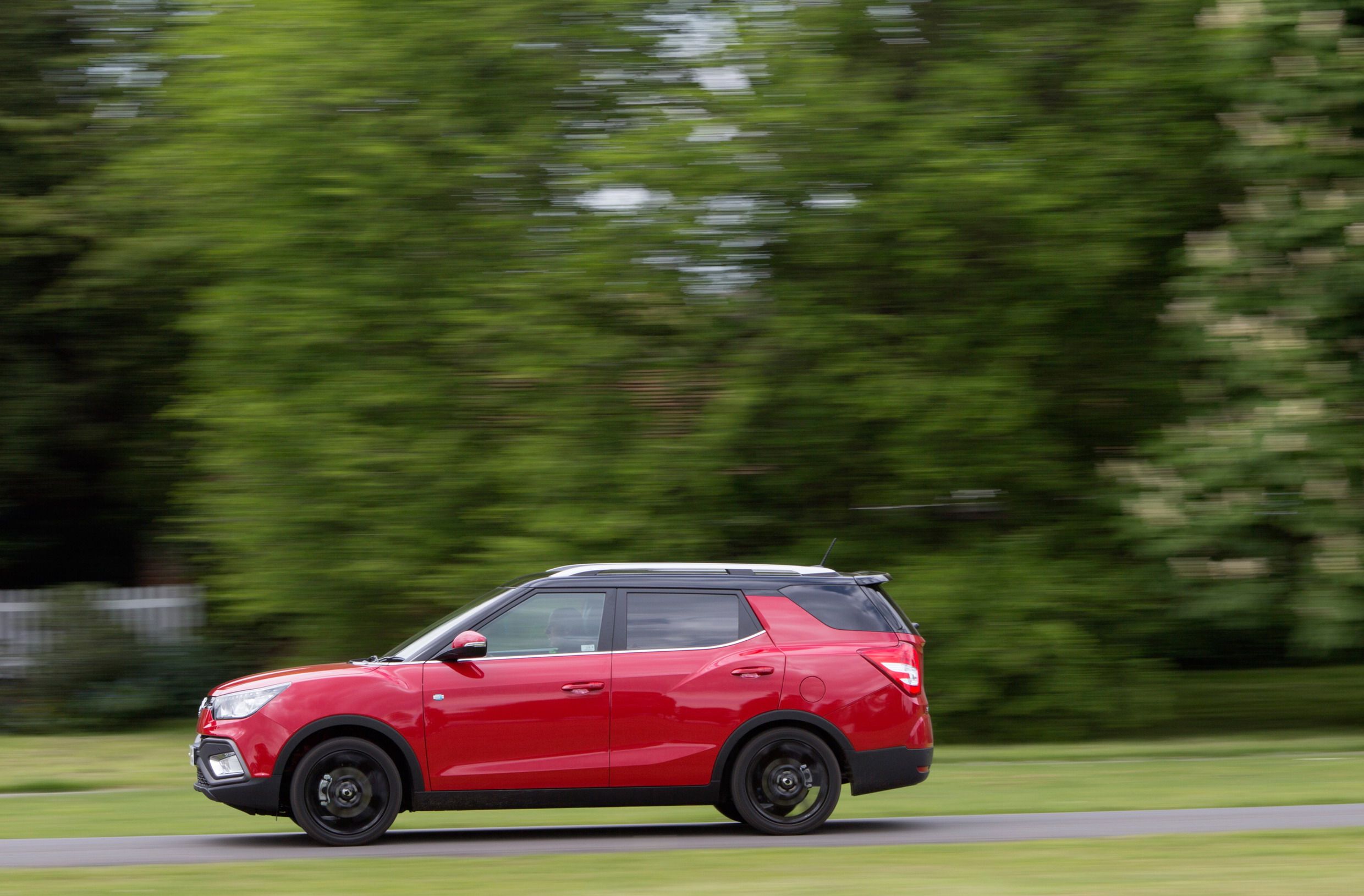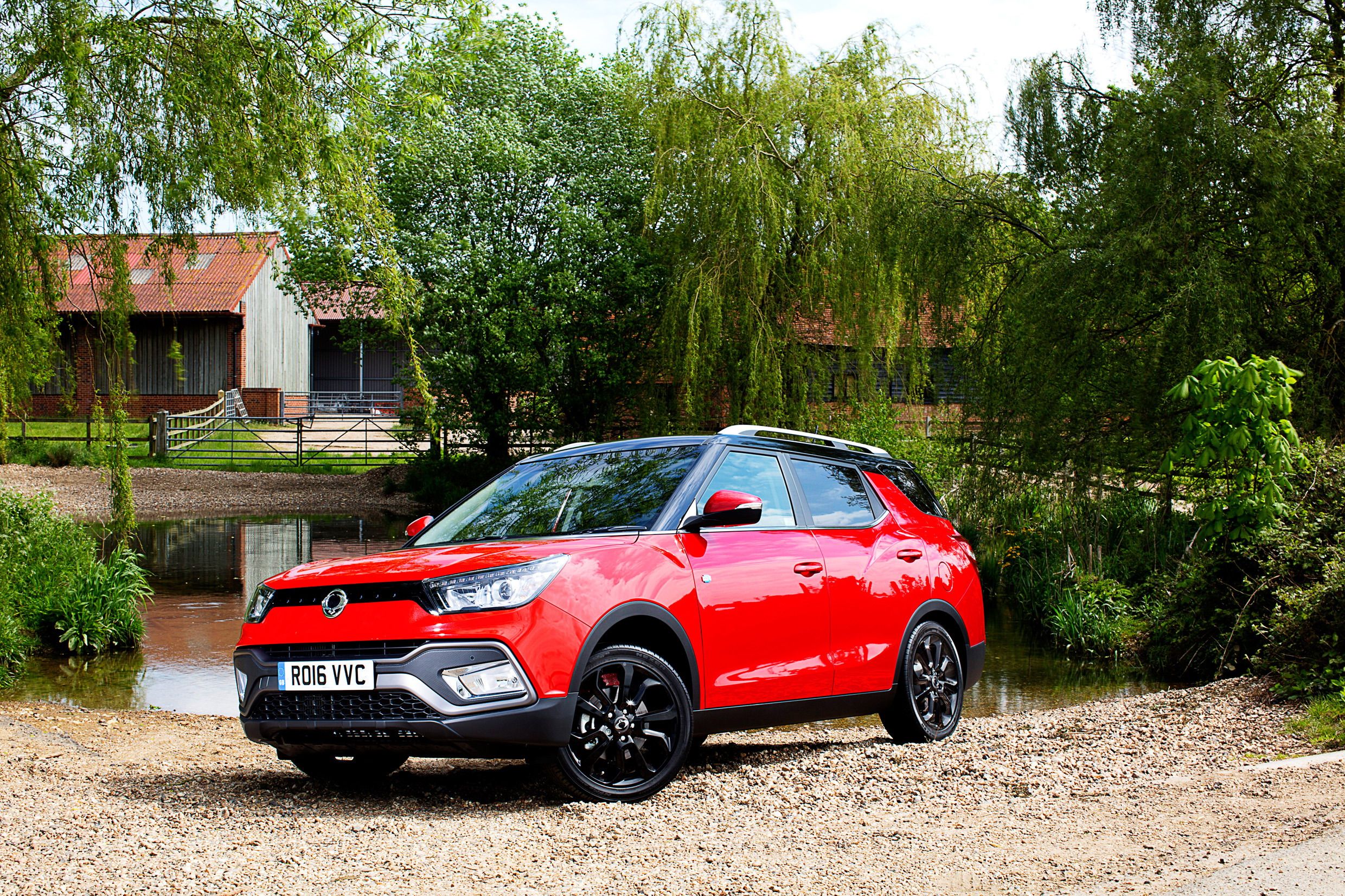Launched in 2015, the SsangYong Tivoli is a mini SUV->ke145 built to compete with the likes of the Nissan Juke and Kia Soul. Based on the popular Korando as far as design is concerned, the Tivoli is SsangYong'->ke1908s first new model under Mahindra & Mahindra->ke3932 ownership and it is named after the Italian town of Tivoli,->ke5042 which can be read as "I love it" in reverse. Under development for three years, the crossover->ke288 was introduced in South Korea in early 2015 with a choice of small-displacement, gasoline and diesel engines. Built in its home country, the Tivoli is exported in several markets in Asia and Europe.
In 2016, SsangYong has expanded the Tivoli family by offering a longer version of the mini SUV. Called the Tivoli XLV, it features a longer body, a roomier interior, and the enhanced practicality that enables it to compete against larger crossovers. Previewed by the XLV Air concept at the 2015 Frankfurt Motor Show,->ke235 the production model is set to go on sale in Europe and the United Kingdom this summer. SsangYong hopes to sell more than 100,000 Tivoli crossovers by the end of 2016.
“Tivoli has been praised universally for meeting a number of customer requirements, not least its ability to carry five adults in comfort and with one of the largest boot capacities, while many other cars in the sector are regarded as being a ‘down-size’ too far," said Paul Williams, CEO of SsangYong Motor U.K. “Now SsangYong has gone a step further by launching an extended car to provide even more carrying capacity and practicality. This was shown as the XLV Air concept at the IAA motor show in Frankfurt last year, and from the extremely favorable feedback received, took the decision to put the car into production."
Continue reading to learn more about the SsangYong Tivoli XLV.
2017 SsangYong Tivoli XLV
- Make: Array
- Model: 2017 SsangYong Tivoli XLV
- Engine/Motor: inline-4
- Horsepower: 113
- Torque: 221
- [do not use] Vehicle Model: Array
Exterior
The main feature that sets the XLV apart from the standard Tivoli is the extra 9.3 inches added to crossovers length. But despite being longer, the XLV shares the same wheelbase with the Tivoli, as the body has been lengthened from behind the C-pillar. The longer rear overhang also brings a revised roof and a new rear end. The hauler gained a third row of side windows, a boxier tailgate design and larger taillights with a new cluster layout.
SsangYong opted to make a few changes to the front as well, where a new bumper sets the XLV apart from the Tivoli. Instead of the usual body-colored insert, the bumper sports a black insert with dark-gray edges. Also, the foglamps have chrome surrounds. Finally, the XLV received longer and larger rails allowing for larger object to be carried on the roof.
Interior
The main interior feature that sets the XLV apart from the standard Tivoli is the expanded load capacity. The enlarged trunk now offers 25.4 cubic feet of space, a 10.5-cubic-foot increase over the regular crossover. Other than that, the XLV is pretty much identical to its shorter cousin.
The people hauler comes with a leather-wrapped, flat-bottomed, heated steering wheel as standard and six background colors for the modern instrument cluster. The seats have subtle lateral bolsters and high-quality stitching and feature full adjustability and recline functions. Customers can choose between three interior trim colors, including black, red, and beige.
The Tivoli XLV is comprehensively equipped, with the standard features list including digital-dual zone automatic air conditioning, an infotainment system with RDS radio, seven-inch touchscreen, USB/AUX port, iPod & Bluetooth connectivity, Tom-Tom navigation and rear view camera. Options include cruise control, parking sensors front and rear, rain sensing wipers, and automatic headlamp activation. An electrochromatic reaview mirror, alloys pedals, and LED illuminated door sills can also be selected.
Drivetrain
Under the hood, the Tivoli XLV comes with a new 1.6-liter diesel engine rated at 113 horsepower and 221 pound-feet. The unit mates to either a six-speed manual transmission or six-speed Aisin automatic and can be had with either two- or four-wheel-drive. The manual transmission includes a stop/start function.
Although the standard Tivoli is also available with a 1.6-liter, 124-horsepower and 116-pound-foot gasoline option, it seems that this unit isn't offered with the XLV. At least not in Europe.
SsangYong promises a highly competent off-road capability thanks to the SUV's 167mm ground clearance, 20-degree approach angle and 20.8-degree departure angle.
This is further enhanced by the intelligent four-wheel drive system that distributes power to front and rear drive shafts and automatically adjusts to the road surface and driving condition. In normal driving, the system distributes all power to the front wheels to help deliver the best fuel efficiency. It automatically adapts to four-wheel drive in snow or wet slippery conditions by routing power to the rear wheels as well. For increased stability when driving on a hill or slope, the 4WD operates with Hill Start Assist. The ESP and ABS systems also control the 4x4 system for optimized braking performance and greater safety.
Safety
In the safety department, the XLV is a well-equipped vehicle. It comes with seven airbags, including front, side, and curtain plus a driver's knee airbag, multi-function ESP (Electronic Stability Program), Active Rollover Protection, Brake Assist, Hill Start Assist and ESS (Emergency Stop Signal). It is also equipped with a tire pressure monitoring system and a warning reminder on all five seat belts.
Prices
Pricing information is not yet available, but given that the standard Tivoli retails from £12,950 (about $18,760), the XLV should fetch at least £15,000 (around $21,730) in the United Kingdom. Don't expect this SUV to cross the pond to the United States anytime soon.
Competition
Nissan Qashqai
Slightly larger than the Juke, the Tivoli XLV will hit the market in the same segment as the Nissan Qashqai, one of the most popular compact crossover since its introduction in 2006. Redesigned for the 2014 model year, it received a new exterior design, a more refined interior, and updated engines. In most markets, Nissan offers a range of four-cylinder powerplants including 1.2- and 1.6-liter gasoline units, as well as 1.5- and 1.6-liter diesel mills. Gasoline models come with up to 160 horsepower and 177 pound-feet of torque, while those powered by oil burners benefit from up to 128 horses and 236 pound-feet of twist. U.K. pricing for the Qashqai starts from £18,265 (about $26,460) and goes up to £28,500 (around $41,280).
Find out more about the Nissan Qashqai here.
Kia Sportage
Also a popular choice in most European markets, the Sportage was redesigned from the ground up and adopted Kia’s new styling language, as well as an interior packed with more premium features. Three engines motivate the new crossover. The gasoline range includes a 1.6-liter unit rated at either 130 horsepower and 119 pound-feet or 174 horses and 195 pound-feet, while diesel models come with a choice of two powerplants. There’s a 1.7-liter mill with 113 horses and 207 pound-feet and a 2.0-liter unit generating 134 horsepower and 275 pound-feet or 182 horses and 295 pound-feet. Pricing starts from £17,465 (about $25,295) and goes up to £25,000 (around $36,210) for the range-topping version.
Read more about the Kia Sportage here.
Conclusion
Around since 1954, SsangYong began selling its model in Europe only around two decades ago. Its relative recent entry in most European markets and the fact that most of its products have been rather poorly equipped relative to its competitors from Japan, prevented the brand from becoming an important player. However, the arrival of the Tivoli marked the beginning of a new era for the company, which can finally brag about having a crossover that can give most of its competitors a run for their money. With a laundry list of standard features, better materials, superior fit and finish, and efficient engines, the Tivoli might just stand a better change against products from Nissan and Kia. The new Tivoli XLV can only improve on that thanks to its enhanced luggage room. Unfortunately, SsangYong still has to cope with lacking a proper brand cachet and the fact that its vehicles still have a questionable design and somewhat underpowered drivetrains.

